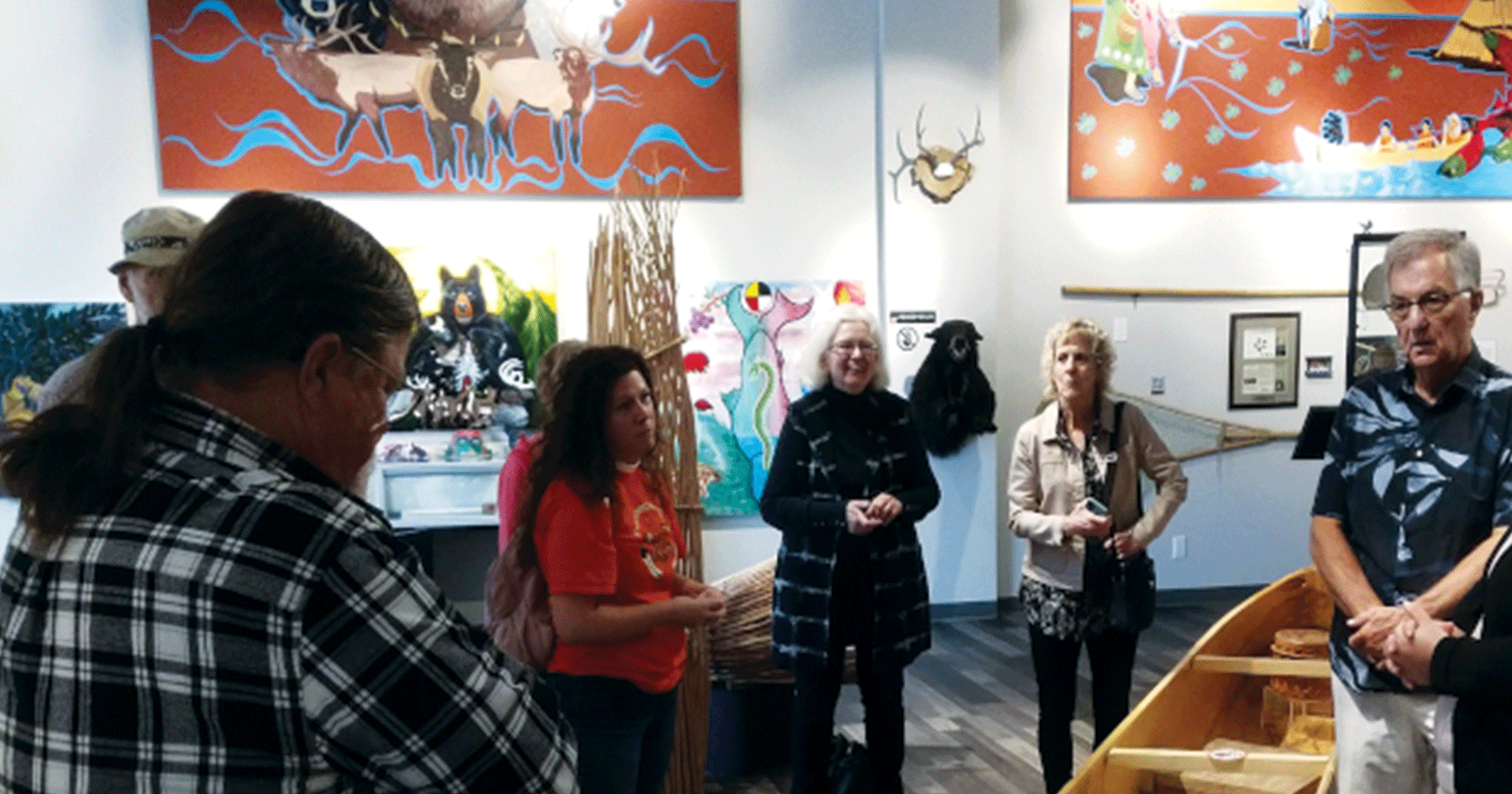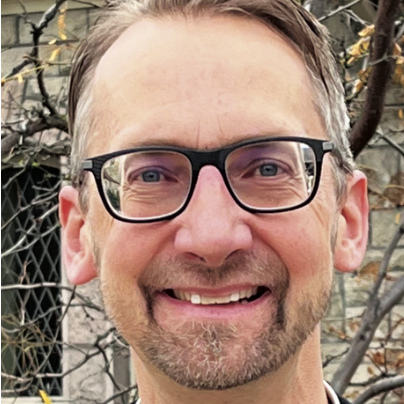In anticipation of “National Day for Truth and Reconciliation,” members of the Central Okanagan Regional Council visited the Sncewips Heritage Museum of Westbank First Nation for a guided tour. The museum’s tagline is: “Experience the Okanagan from a syilx perspective.” For an hour-and-a-half we listened and learned from the museum’s docent, who traced the story of the syilx people from pre-contact times, through colonization, to the achievement of the Westbank First Nation Self-Government Act in 2004. At the heart of this information is the retrieval of the nsyilxcən language, traditional knowledge, and the cultural storytelling that serves to root and ground the people in a communal self-understanding that connects to the past; while also fostering modern entrepreneurial endeavours.
We learned (and laughed, thanks to our guide’s incisive sense of humour) a great deal in that short time. One of the stories that most struck me was the syilx creation story; in which the creator makes a human being who begins life in such a vulnerable state that it will not survive without the aid of the existing plants and animals. The four plant/animal chiefs, representing the full range of flora and fauna, offer themselves as gifts to aid the survival of this new human animal. One of the great strengths of this new human creature will be its ability to remember, and in turn, to receive the gifts of the earth with thanksgiving, and so in turn to offer reciprocal care to the plants and animals.
That story invites reflection and responsibility, and places the hearer in a long line of people who have acted upon it – sometimes by contradicting it, and sometimes very well, as with any genuine community. But of course, carrying it well, and indeed surviving as a people, always depends on the story continuing, being told and re-told so that it becomes part of the collective psyche and action of a people.
A while ago, the late Lutheran theologian Robert W. Jenson wrote an essay about how the (western) world has lost its story. Jenson focused on the lack of story that had come about in the late twentieth century, particularly after the World Wars and the collapse of a naive story of endless progress. Now, of course, the story of a naive colonialism has also come apart. In place of those stories, new (old) stories are returning that bring old wisdom to the fore.
As part of that return, Jenson spoke of the particular story of God and humankind told through the Jewish and Christian scriptures. The church tells that story again and again through liturgy, scripture, prayer, and reflective action. In other words, the church lives it, which a people must do if they are to be a people. Of course, sometimes we have done so badly, as acknowledged for instance in the Primate’s “Apology for Spiritual Harm” to Indigenous Peoples – and sometimes well. This is ‘old wisdom’ – including the practice of confession/absolution – that roots and grounds us for present action, for mission, for telling a story that includes both Love of God and Love of neighbour as ourselves.
As I listened at the Sncewips Heritage Museum, it struck me that to hear the stories told “from a syilx perspective” is to be invited to receive a gift, to be invited to share in an old wisdom that creates new relationships in our time. It also struck me that the stories we tell dovetail in interesting ways. Those stories need not be impositional or oppositional, but can and do run parallel; unique and distinct, yet also connected and inspiring connection, and perhaps prayerfully and humbly together pointing in the direction of the good Creator who keeps creating and leading us to depend upon one another, both plant and animal.




